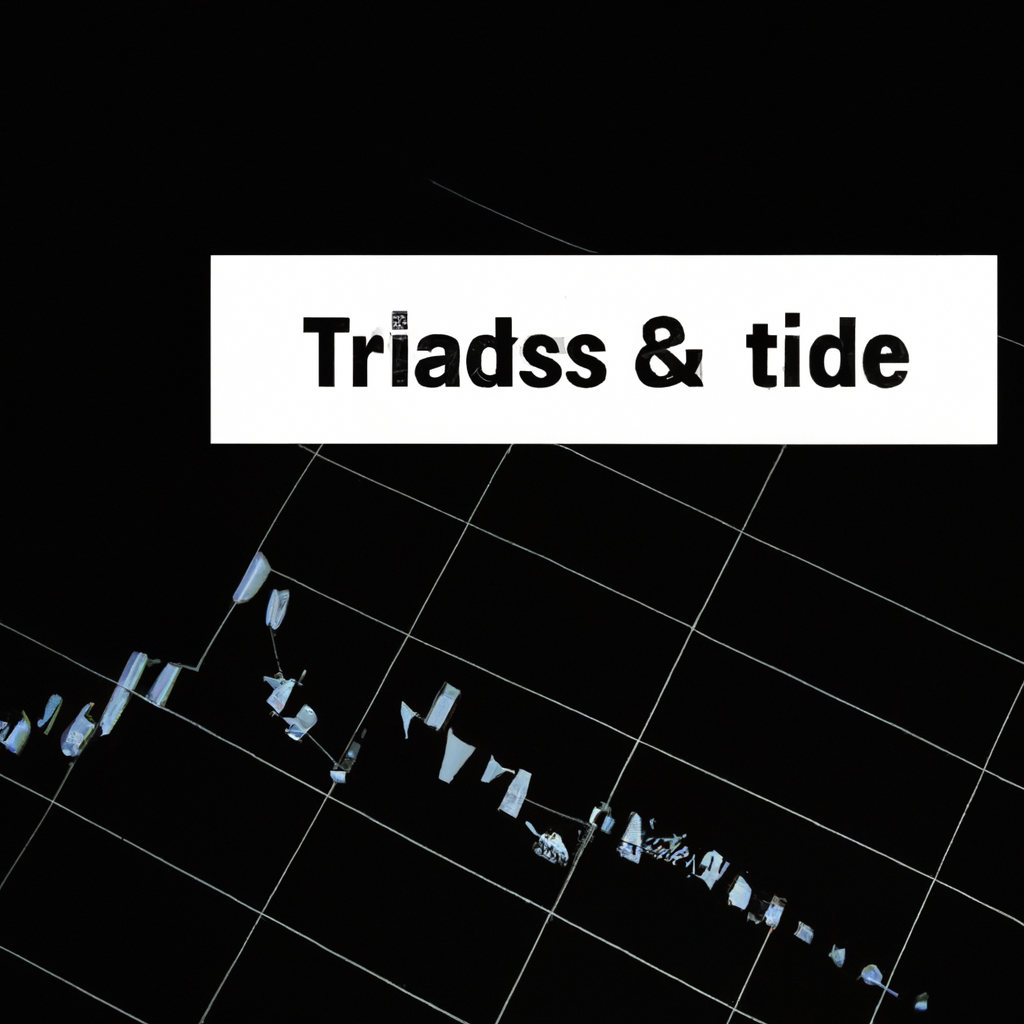RSI Divergence for Trade Entry
When it comes to trading in the financial markets, finding the right entry point is crucial for success. One popular technical analysis tool used by traders is the Relative Strength Index (RSI). RSI divergence is a powerful concept that can help traders identify potential trade entry points. In this article, we will explore what RSI divergence is and how it can be used effectively in trading strategies.
Understanding RSI Divergence
The Relative Strength Index is a momentum oscillator that measures the speed and change of price movements. It oscillates between 0 and 100 and is commonly used to identify overbought and oversold conditions in the market. RSI divergence occurs when the price of an asset and the RSI indicator move in opposite directions.
There are two types of RSI divergence: bullish and bearish. Bullish divergence occurs when the price of an asset makes a lower low, but the RSI indicator makes a higher low. This suggests that the selling pressure is weakening, and a potential upward reversal may occur. On the other hand, bearish divergence occurs when the price of an asset makes a higher high, but the RSI indicator makes a lower high. This indicates that the buying pressure is weakening, and a potential downward reversal may occur.
Using RSI Divergence for Trade Entry
RSI divergence can be a valuable tool for traders when used in conjunction with other technical analysis indicators. Here are some steps to consider when using RSI divergence for trade entry:
- Identify potential divergence: Look for instances where the price of an asset and the RSI indicator are moving in opposite directions. Pay attention to both bullish and bearish divergence signals.
- Confirm with other indicators: RSI divergence should not be used as a standalone indicator. It is important to confirm the divergence signal with other technical analysis tools such as trend lines, support and resistance levels, or other oscillators.
- Wait for confirmation: Once potential divergence is identified and confirmed, it is important to wait for additional confirmation before entering a trade. This can be in the form of a candlestick pattern, a breakout, or a trend reversal signal.
- Set stop-loss and take-profit levels: As with any trade, it is essential to set appropriate stop-loss and take-profit levels to manage risk and protect profits. These levels can be determined based on support and resistance levels, Fibonacci retracements, or other technical analysis tools.
- Monitor the trade: After entering a trade based on RSI divergence, it is crucial to monitor the position closely. Adjust stop-loss levels if necessary and consider trailing stops to protect profits as the trade progresses.
Conclusion
RSI divergence is a valuable tool for traders looking to identify potential trade entry points. By understanding the concept of RSI divergence and following a systematic approach, traders can enhance their trading strategies and increase their chances of success. However, it is important to remember that no single indicator guarantees profitable trades, and risk management should always be a priority. Utilize RSI divergence as part of a comprehensive trading plan and combine it with other technical analysis tools for more accurate and reliable trade entries.

